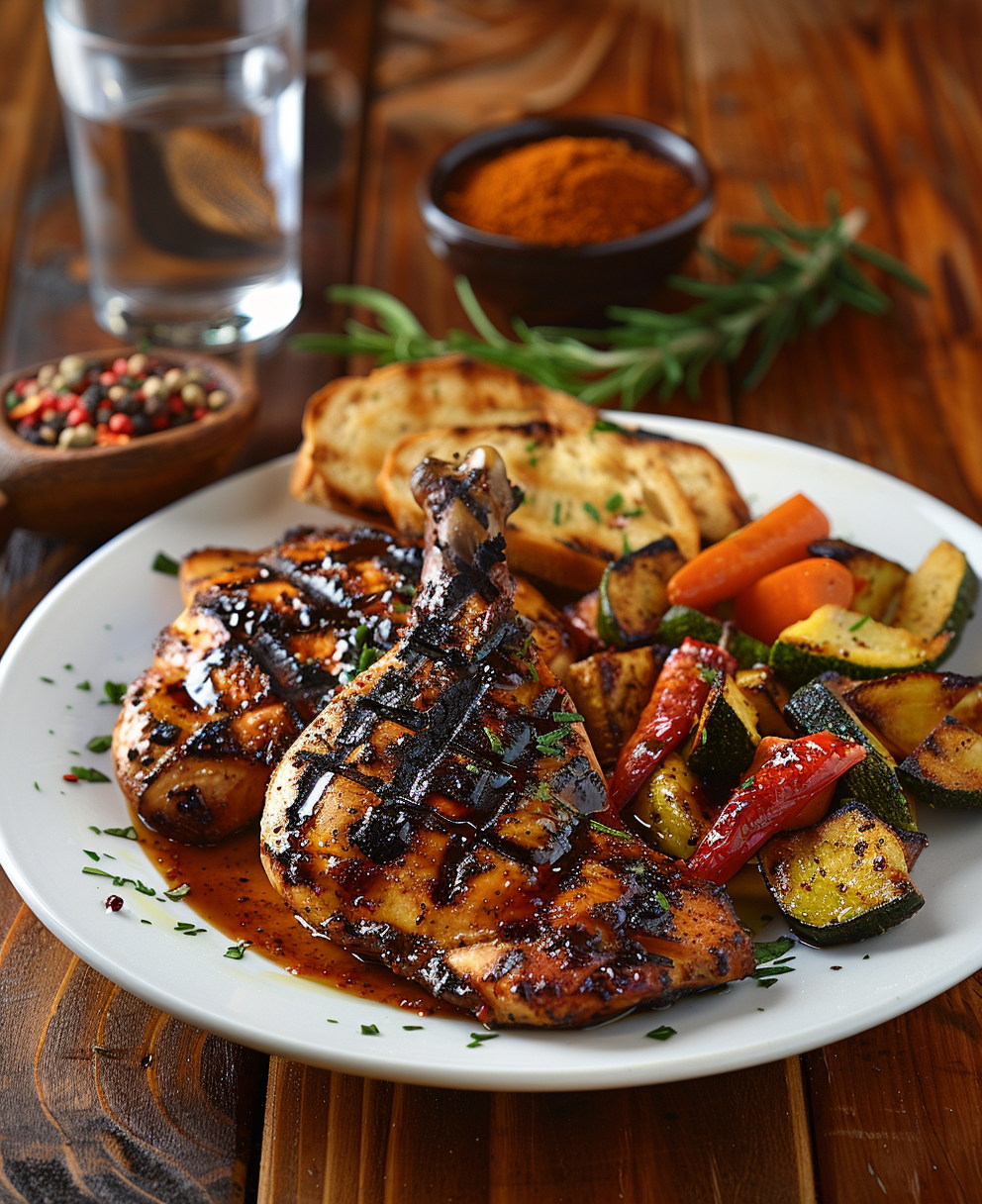
Why BBQ Rubs Can Transform Your Grilling Game
I still remember the first time I tried making ribs at home. The meat was tender, but something felt missing. It wasn’t until a friend introduced me to bbq rubs that I realized what my dishes lacked: bold, layered flavor. That day changed everything for me. As a BBQ enthusiast, I’ve spent years experimenting with different rubs, and now I’m sharing what I’ve learned so you can elevate your grilling game too.
Whether you’re new to BBQ or already a pro, bbq rubs are essential for adding depth and personality to your food. They’re more than just seasoning—they’re the secret weapon that makes every bite unforgettable. Let’s dive into why they matter and how they can take your cooking to the next level.
What Are BBQ Rubs and Why Should You Care?
So, what exactly are bbq rubs? Simply put, they’re mixtures of spices, herbs, salt, sugar, and sometimes other ingredients like garlic powder or chili flakes. These dry blends stick to the surface of meat, creating a flavorful crust when cooked. Unlike sauces, which are wet and often added toward the end of cooking, rubs go on before the heat hits. And unlike marinades, which infuse flavor from the inside, rubs focus on the outside for maximum impact.
Choosing the right rub matters because it shapes both the taste and texture of your dish. A well-made rub forms a caramelized layer on the meat, locking in juices while delivering a punch of flavor. This is why even seasoned pitmasters rely on them. If you’re wondering, What seasoning is best for BBQ?, the answer starts with understanding common rub ingredients:
- Salt: Enhances natural flavors and helps draw out moisture.
- Sugar: Adds sweetness and aids in browning.
- Paprika: Provides color and mild smokiness.
- Black pepper: Brings heat and complexity.
- Garlic and onion powder: Add savory notes.
These basics form the foundation of most bbq rubs recipes. From there, creativity takes over. Some people add coffee grounds for richness, others throw in cayenne for extra kick. The possibilities are endless.
Exploring Popular Types of BBQ Rubs
Different regions have their own signature styles of bbq rubs. Take Texas, for example. Texas BBQ rubs lean heavily on coarse black pepper, salt, and sometimes cumin, reflecting the state’s love for bold, straightforward flavors. On the flip side, UK-inspired options might include herbs like thyme or rosemary, giving a nod to traditional British tastes.
If you’re looking for inspiration, here’s a quick rundown of some award-winning bbq rub recipes:
- Classic Sweet & Smoky: Brown sugar, paprika, garlic powder, and a hint of cayenne.
- Spicy Memphis-Style: Chili powder, mustard powder, and plenty of cracked black pepper.
- Herbaceous UK Blend: Incorporates parsley, sage, and a touch of lemon zest.
For those who don’t want to make their own, store-bought options abound. Some of the best commercial bbq rubs come highly recommended by experts. Brands like Rubs R Us and Smokehouse Secrets consistently earn praise for their balanced blends. But if you prefer homemade, don’t worry—I’ll share tips later on crafting the perfect DIY version.
One question I hear a lot is, What rubs do pitmasters use? Honestly, many pros swear by custom mixes tailored to their style. However, competition favorites often feature a mix of sweet, spicy, and umami elements. Think brown sugar, smoked paprika, and MSG (yes, it works wonders).
No matter which route you choose, one thing is clear: bbq rubs are not optional if you’re serious about great-tasting food. They’re versatile, easy to use, and pack a ton of flavor into every bite. So grab your spices, roll up your sleeves, and let’s get started!
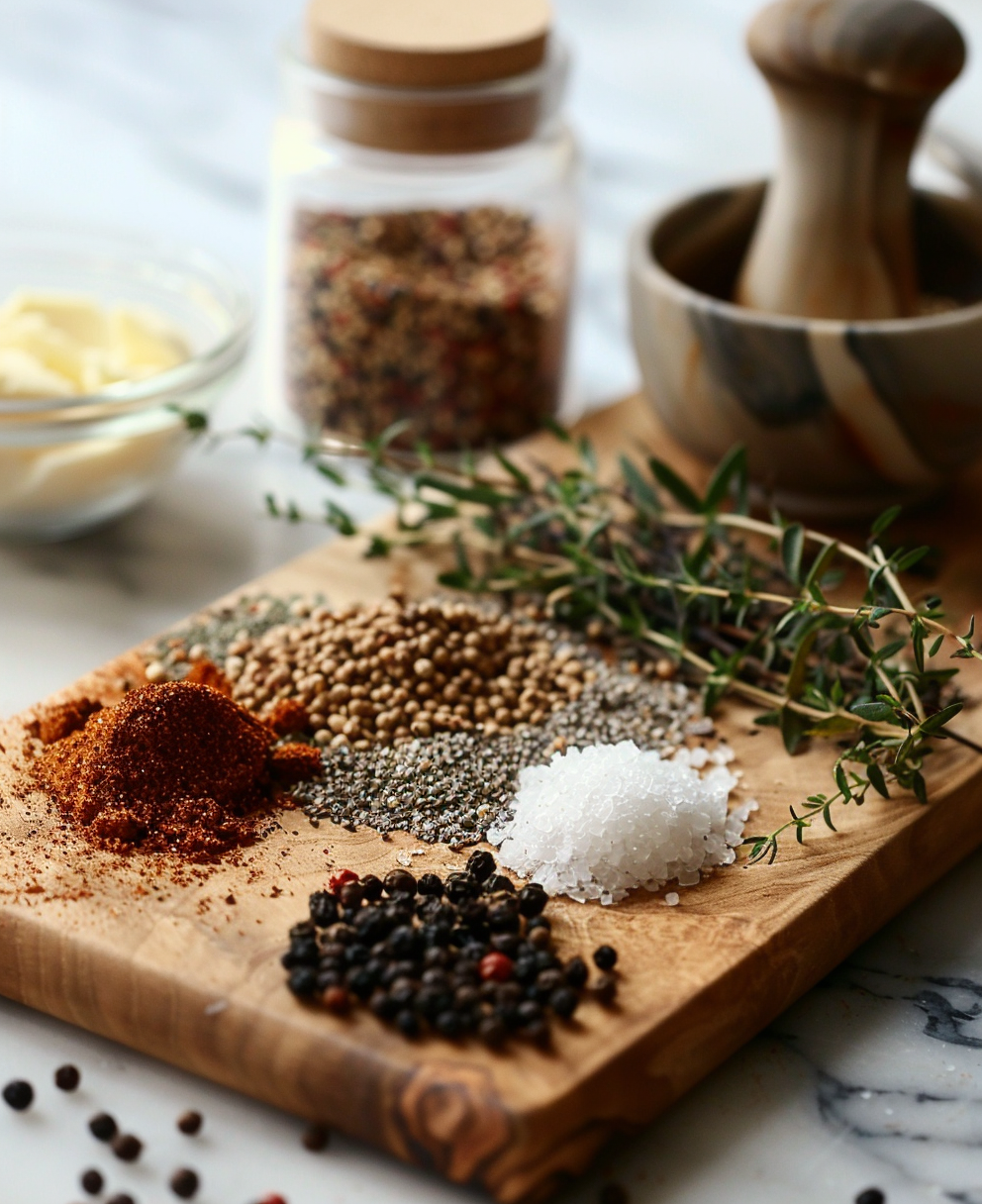

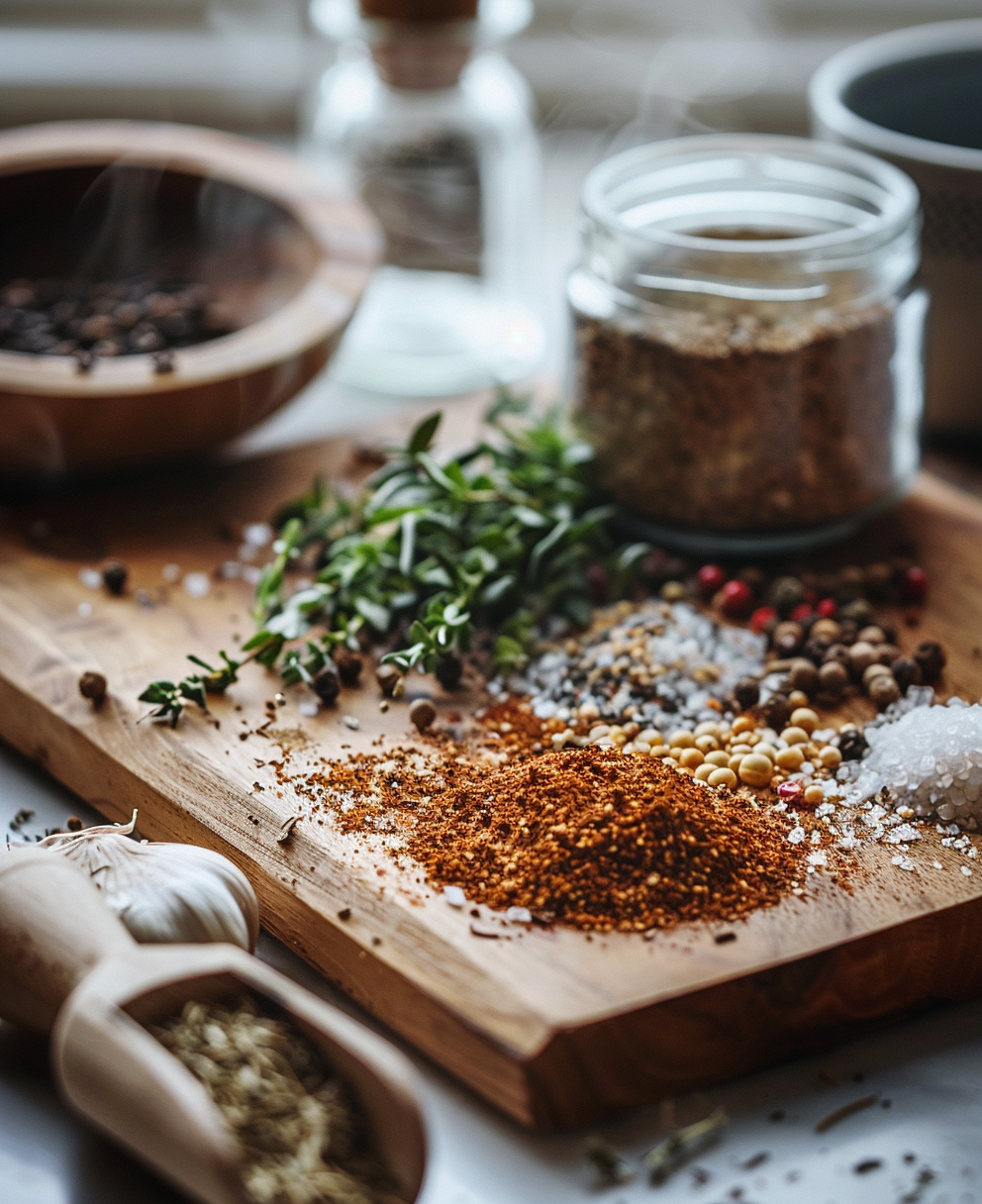
Making Your Own BBQ Rub at Home
Now that we’ve covered the basics of what makes a great bbq rub, let’s dive into the fun part—making your own. Trust me, once you start mixing your own custom blends, it’s hard to go back to store-bought. I still remember the first time I whipped up a batch in my kitchen. It was messy, but oh-so-rewarding when my ribs came out with this incredible crust that had everyone asking for seconds.
By the way, if you’re wondering how to make the perfect barbecue rub, here’s the deal: balance is key. You want a mix of salty, sweet, spicy, and savory elements. The trick is to adjust these flavors based on what you’re cooking. For instance, pork loves sweetness, while beef can handle more heat and earthiness. Let’s break it down step by step so you can create your own award-winning blend.
Key Ingredients to Build Your Custom Rub
Before you grab your spice jars, let’s talk about the essentials. A solid competition bbq rub recipe usually starts with salt and sugar as the base. Salt enhances the natural flavors of the meat, while sugar caramelizes beautifully during cooking, giving you that crave-worthy crust. From there, you can get creative.
Spices are where things get interesting. Paprika is a must—it adds color and a subtle smokiness. Black pepper brings heat, and garlic powder or onion powder adds depth. If you’re feeling adventurous, toss in some cumin for an earthy note or cinnamon for a hint of warmth. Funny enough, I once added cocoa powder to a pork rub, inspired by mole sauce, and it blew everyone away.
For those who lean toward herbs, parsley, thyme, or even dried rosemary can work wonders. In fact, if you’re looking for inspiration, check out this Killer Hogs The BBQ Rub recipe. It’s packed with layers of flavor that’ll make your taste buds dance.
Step-by-Step Guidance for Mixing Flavors
Here’s the thing about creating a rub: it’s both science and art. Start small. Grab a bowl and measure out your ingredients one by one. A good rule of thumb is to use roughly two parts sugar to one part salt, then build from there. For example, try 1/4 cup brown sugar, 2 tablespoons kosher salt, 1 tablespoon smoked paprika, 1 teaspoon black pepper, and 1 teaspoon garlic powder. Mix it all together, and boom—you’ve got a basic rub ready to go.
But don’t stop there. Taste testing is crucial. Sprinkle a tiny bit on your tongue (yes, really!) to see how the flavors interact. If it needs more kick, add cayenne or chili powder. Want it sweeter? Throw in a pinch of honey granules or extra brown sugar. Keep tweaking until it feels right. Personally, I always jot down notes because sometimes the best combinations come from happy accidents.
One pro tip: grind your spices fresh if you can. Pre-ground spices lose their potency over time, and nothing beats the aroma of freshly cracked peppercorns or toasted cumin seeds. It might take a little extra effort, but trust me, it’s worth it.
How to Make the Perfect Barbecue Rub?
Actionable advice? Sure thing. First, think about the dish you’re preparing. Chicken pairs beautifully with citrusy notes, like lemon zest or coriander. Beef shines with bold spices like coffee grounds or chipotle powder. And if you’re making ribs, a touch of mustard powder can work magic. Speaking of ribs, have you tried BBQ chicken in an Instant Pot? Even though it’s not grilled, a good rub still makes all the difference.
Another trick I’ve learned is to apply the rub generously and let it sit. Pat the meat dry first, then coat it evenly. Some folks swear by letting the rub sit overnight in the fridge, allowing the flavors to penetrate deeper. Others prefer applying it just before cooking. Experiment and see what works for you.
Where to Find Quality BBQ Rubs Near You
Not everyone has the time—or patience—to mix their own rubs, and that’s totally fine. Sometimes, you just need something reliable off the shelf. If you’re searching for quality options, start by typing “bbq rubs near me” into Google. Chances are, you’ll find local specialty stores or markets that carry artisanal blends. These shops often stock unique products you won’t find in big-box retailers.
For example, I stumbled upon a hidden gem last summer at a farmer’s market—a UK-inspired bbq rub recipe infused with lavender and sage. It sounded strange, but paired with lamb chops, it was absolutely divine. Local finds like these are worth exploring.
If shopping locally isn’t an option, online retailers have you covered. Brands like Killer Hogs and others consistently rank among the best commercial bbq rubs. They offer balanced blends that cater to different tastes, whether you’re into sweet, spicy, or smoky profiles. Plus, reading reviews can help you narrow down the options.
The Role of Rubs in BBQ Competitions
Ever wondered why pitmasters obsess over their rubs? Well, here’s the scoop: in competitions, every detail counts, and the rub is front and center. Judges look for flavor complexity, texture, and presentation, and a well-crafted rub ties everything together. Many competitors guard their secret recipes fiercely, but trends do emerge.
In 2018, for instance, the best bbq rubs leaned heavily on umami-rich ingredients like MSG and soy sauce powder. These components add a savory punch that elevates the overall profile. Over the years, though, preferences have shifted slightly. Now, there’s a growing emphasis on natural, minimally processed ingredients. Still, classics like Wojapi BBQ Sauce remain fan favorites for pairing with rubs.
What rubs do pitmasters use? While many craft their own, some rely on trusted brands. One famous example is the “Dalmatian Rub,” which combines coarse black pepper and salt. Simple yet effective, it’s a staple for Texas-style brisket. Another popular choice is the “Memphis Dust,” known for its sweet-and-spicy balance. Whether homemade or store-bought, the goal is always the same: to complement the meat without overpowering it.
Oh, and here’s a random thought—if you’re curious about alternative cooking methods, check out fake BBQ chicken in an air fryer slow cooker. Even without traditional grilling, a good rub ensures maximum flavor payoff.
At the end of the day, whether you’re competing or just grilling for friends, the right rub can turn a good meal into a memorable one. So go ahead, experiment, and find what works for you. After all, the joy of BBQ lies in the journey as much as the destination.

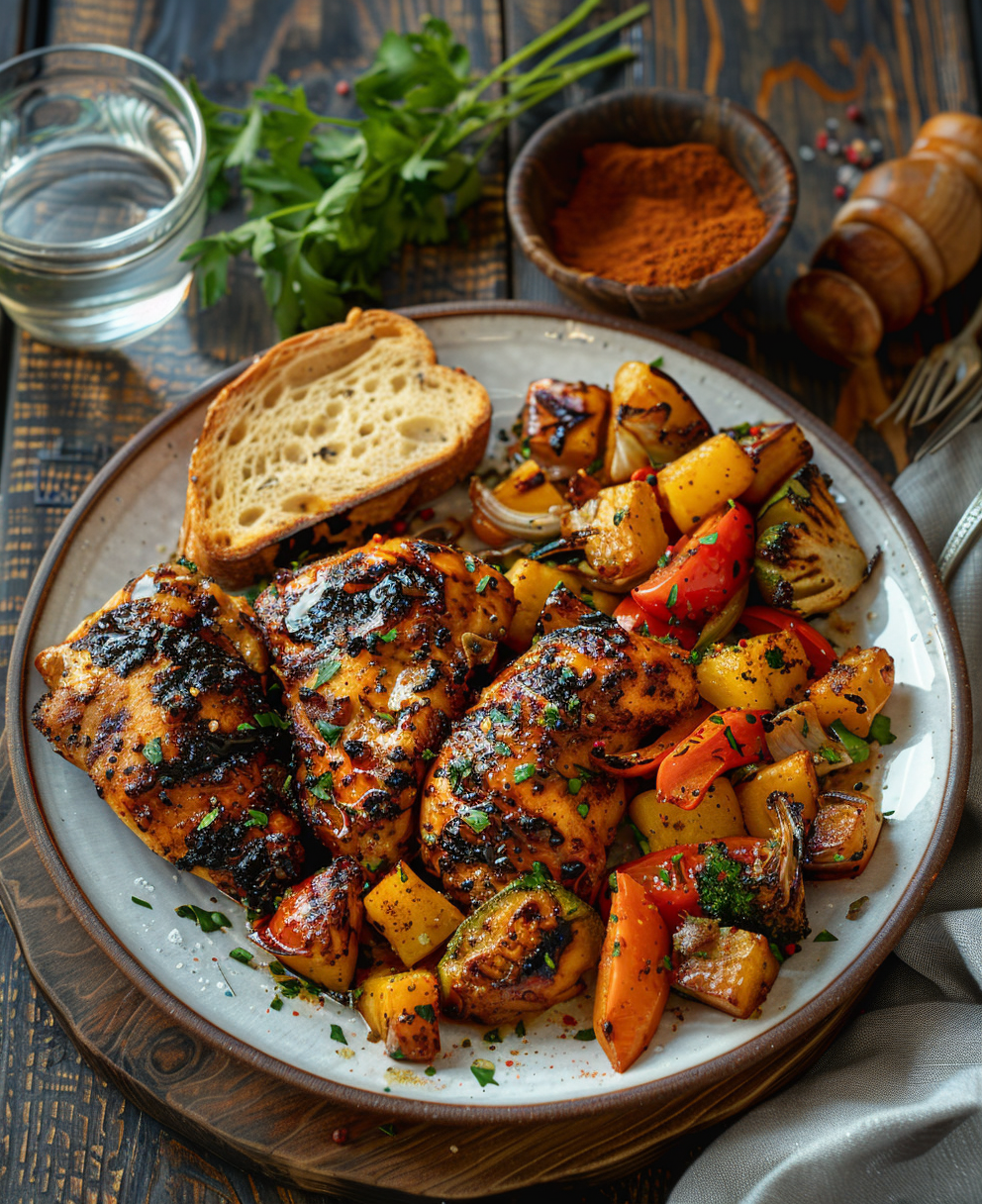
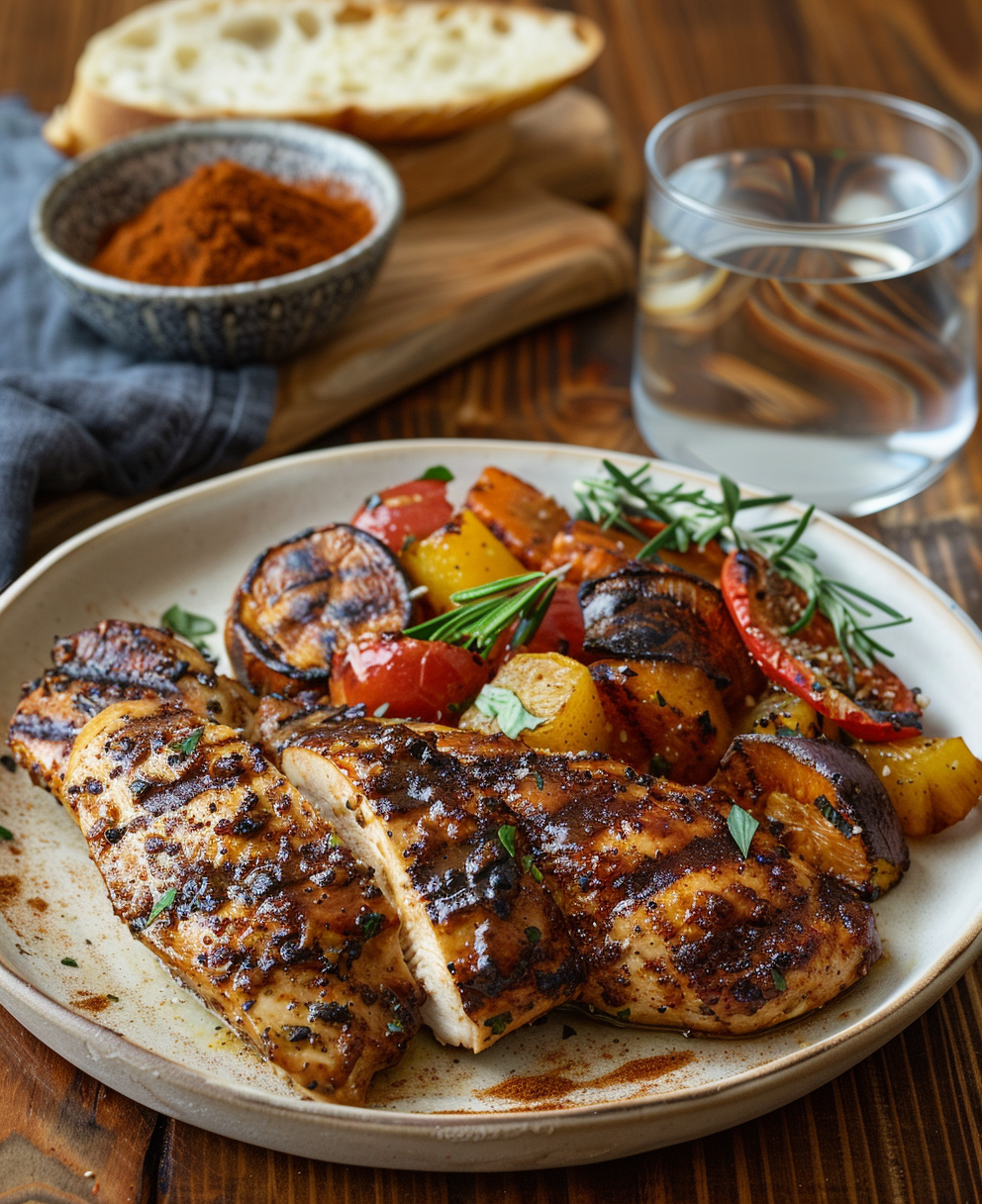
Pairing BBQ Rubs with Sauces and Recipes
Let’s talk about something that doesn’t get enough attention: pairing bbq rubs and sauces recipes. It’s like peanut butter and jelly—each is great on its own, but together? Magic happens. Here’s the thing: a rub sets the foundation, while a sauce adds layers of moisture and complexity. When done right, they complement each other without stepping on each other’s toes.
For example, one of my favorite combos is a sweet-and-spicy rub paired with a tangy vinegar-based sauce. The rub caramelizes beautifully during cooking, creating a crunchy exterior, while the sauce adds brightness and acidity. Funny enough, I once tried this combo on chicken wings at a backyard cookout, and people were practically licking their fingers clean. If you’re wondering where to start, here are some ideas for different meats:
- Pork: Go for a brown sugar-heavy rub with a smoky chipotle sauce. The sweetness balances the heat perfectly.
- Beef: A coffee-infused rub paired with a rich, molasses-based sauce is a match made in heaven.
- Chicken: Try an herby rub (think thyme and rosemary) with a citrusy glaze. It’s fresh, zesty, and downright addictive.
By the way, don’t be afraid to experiment. One time, I used a UK-inspired bbq rub recipe loaded with sage and paired it with a honey-mustard sauce. It was so good, I still dream about it. Seriously, give unusual pairings a shot—you never know what might become your new go-to.
Favorite Pairings and Experiments
Speaking of experiments, I’ve had more than a few kitchen disasters—and triumphs—over the years. Remember that lavender-sage rub I mentioned earlier? Well, I decided to pair it with a fig-balsamic reduction for lamb chops. At first, I thought I’d gone too far into gourmet territory, but wow, did it work. The floral notes from the rub played off the sweet-tart sauce beautifully.
Another winner? Texas-style brisket rubbed with coarse black pepper and salt, then brushed lightly with a Worcestershire-forward mop sauce during the last hour of cooking. The result? Juicy meat with a deep umami flavor that had everyone asking for seconds. Oh, and if you’re curious about how to nail these kinds of pairings, check out our BBQ grilling category. You’ll find tons of tips and tricks to level up your game.
Here’s a pro tip: timing matters when adding sauce. Slather it on too early, and you risk burning the sugars, which can ruin the whole dish. Instead, wait until the last 15–20 minutes of cooking. That way, the sauce caramelizes just enough without turning bitter.
Recipes to Try Tonight
If you’re ready to put all this knowledge to use, here are three simple yet impressive recipes to try:
- Smoky Pulled Pork Sandwiches: Use a classic sweet & smoky rub, slow-cook the pork shoulder, and finish with a splash of apple cider vinegar mixed with BBQ sauce.
- Grilled Chicken Thighs: Coat the thighs in a citrusy rub (lemon zest + coriander), grill until charred, and serve with a drizzle of chimichurri sauce.
- Spicy Beef Ribs: Combine chili powder, cumin, and smoked paprika for the rub; baste with a spicy Korean-inspired Gochujang glaze toward the end.
These dishes showcase how versatile bbq rubs can be. Whether you’re hosting a crowd or cooking for one, they’re guaranteed to impress.
Frequently Asked Questions About BBQ Rubs
Got questions? Don’t worry—I’ve got answers. Here are some of the most common queries I hear about bbq rubs, along with my take on each.
Q: What is the best rub for BBQ?
A: Honestly, “best” depends on personal taste and the type of meat you’re cooking. For pork, sweeter blends with brown sugar shine. Beef often pairs well with earthier, spicier rubs. My advice? Start with a basic recipe and tweak it based on your preferences. And hey, sometimes the simplest options—like salt, pepper, and garlic powder—are the most effective.
Q: What seasoning is best for BBQ?
A: Key players include salt, sugar, paprika, black pepper, and garlic powder. These staples form the backbone of most rubs. Beyond that, feel free to play around with spices like cumin, cinnamon, or even dried herbs. Just remember: balance is everything. Too much heat or sweetness can overpower the meat.
Q: How to make the perfect barbecue rub?
A: Keep it simple. Start with two parts sugar to one part salt, then add complementary spices like paprika, black pepper, and garlic powder. Taste as you go, adjusting until the flavors sing. Freshly ground spices will elevate your blend even further. Jot down your measurements so you can replicate your masterpiece later.
Q: What rubs do pitmasters use?
A: Many pros rely on custom blends tailored to their style. Some swear by classics like Dalmatian Rub (salt and pepper) or Memphis Dust (sweet and spicy). Others incorporate unique ingredients like MSG or coffee grounds for extra depth. If you’re not ready to DIY, plenty of best commercial bbq rubs deliver fantastic results.
Q: Can I mix store-bought and homemade rubs?
A: Absolutely! Sometimes combining a store-bought base with a homemade twist gives you the best of both worlds. For instance, sprinkle a bit of smoked paprika or chili flakes onto a pre-made blend to personalize it. It’s an easy way to save time while still putting your stamp on the dish.
Q: Should I let the rub sit before cooking?
A: Yes, letting the rub sit for at least 30 minutes—or even overnight—allows the flavors to meld and penetrate the meat. Pat the surface dry first to help the rub adhere better. However, if you’re short on time, applying it right before cooking works too.
Q: Are there vegetarian-friendly rubs?
A: Definitely. Swap out salt for nutritional yeast or soy sauce powder to create a savory, plant-based option. Herbs like thyme, oregano, and smoked paprika also work wonders on veggies, tofu, or mushrooms. Trust me, vegetarians deserve bold flavors too!
Q: How long do homemade rubs last?
A: Stored in an airtight container, most homemade rubs stay fresh for up to six months. Keep them in a cool, dark place to preserve their potency. Pro tip: Label your containers with the date so you know when to refresh your stash.
Q: What’s the deal with MSG in rubs?
A: MSG gets a bad rap, but it’s actually a flavor enhancer that boosts umami. Many competition rubs include it because it makes the meat taste richer and more complex. If you’re hesitant, start with a small amount and see how you like it.
Q: Can I reuse leftover rub?
A: Technically, yes, but avoid reusing any that has come into contact with raw meat. Cross-contamination is no joke. Instead, portion out what you need beforehand and save the rest for future use.
Inspired yet? Grab your spices, fire up the grill, and let your creativity run wild. Whether you’re crafting your own competition bbq rub recipe or trying out award-winning store-bought blends, the possibilities are endless. Happy grilling!

BBQ Rubs
Ingredients
Equipment
Method
- Gather all the ingredients needed for the rub.
- Measure out the ingredients into a mixing bowl.
- Mix the ingredients together until well combined.
- Taste a small amount to adjust the flavors if necessary (add more heat or sweetness based on preference).
- Store the rub in an airtight container if not using immediately.
- Apply generously to your meat of choice, and let it sit for at least 30 minutes or overnight for deeper flavor penetration.
